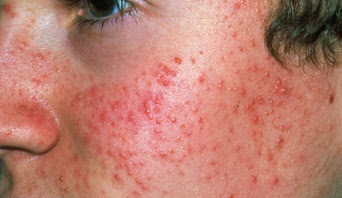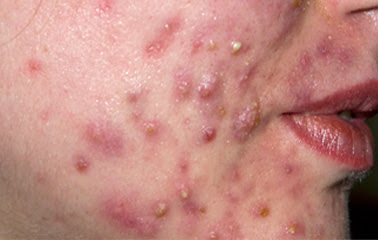For some people, their scars are tales of victories over life’s challenges. As author Kahlil Gibran once said, “Out of suffering have emerged the strongest souls; the most massive characters are seared with scars.”
 |
| Image source: nwitimes.com |
However, there are also scars that are painful reminders of injury, surgery, and accidents. These scars can be unsightly or disfigured and a source of embarrassment. That is why people cannot be blamed if they wish to have their scars treated.
Scar revision is a surgical procedure that can improve or reduce the appearance of a scar so that it appears more consistent with surrounding tissue. The surgery can also restore function and address any skin changes or disfigurement as a result of an injury, wound, or prior surgery.
Patients who opt for a revision surgery usually have these types of scars:
- A keloid, or a scar that extends beyond the original wound or incision. Keloids are generally thicker and of a different color than the surrounding skin. Their thick and puckered appearance is likened to a tumor.
- Hypertrophic scars or thick clusters of scar tissues that develop directly at the wound site. These scars are raised and can be extremely uncomfortable. They can also widen over time. Hypertrophic scars can be hyperpigmented (darker in color) or hypopigmented (lighter in color).
- Contractures or scars that cause distortion or restrict movement due to the pulling together of the skin and underlying tissues during the healing process. This type of scar is the result of a significant amount of tissue loss such as after a burn incident.
Meanwhile, ideal candidates for a scar revision surgery should be physically healthy, non-smokers, do not have any injury or skin disease in the area that will be treated, and more importantly, must have a positive attitude and realistic expectations.
 |
| Image source: elle.com |












